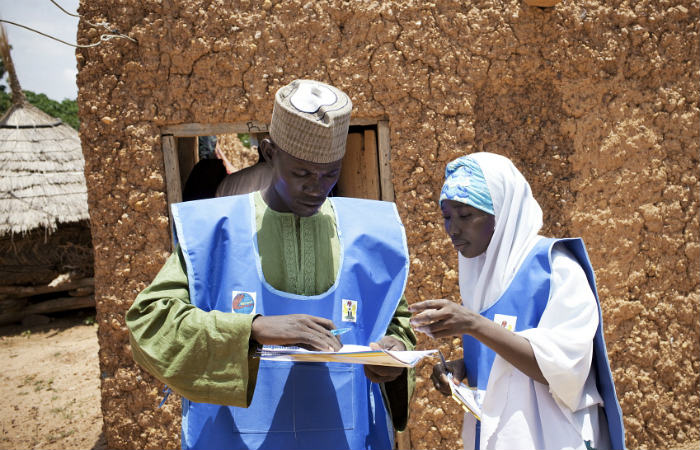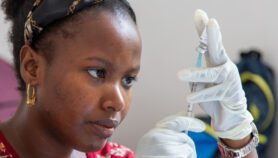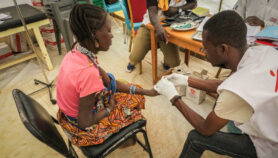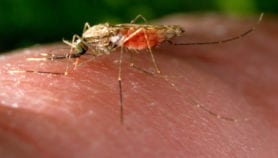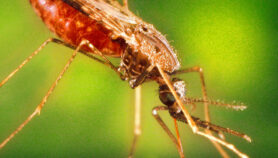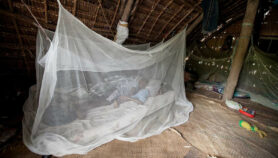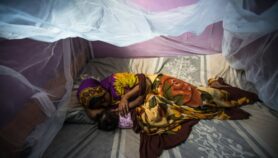By: Inga Vesper
Send to a friend
The details you provide on this page will not be used to send unsolicited email, and will not be sold to a 3rd party. See privacy policy.
[LONDON] The eradication of malaria mosquitoes will become part of global efforts to achieve the Sustainable Development Goals as researchers and governments step up efforts on vector control.
A conference on neglected tropical diseases in London, United Kingdom, today heard that efforts to combat malaria, dengue and other vector-borne diseases are slowly shifting from focusing on bite prevention in humans to killing the mosquitoes that transmit the parasites. This is because populations of disease-carrying mosquitoes — especially the Aedes and Anopheles type that carry malaria, yellow fever, dengue and Zika — are growing worldwide, attendees warned.
“Climate change favours Aedes mosquitoes,” said Raman Velayudhan, the coordinator for neglected tropical diseases at the World Health Organization (WHO). He said this is because the mosquito can breed in almost any kind of water source, even puddles, and its eggs can survive for up to 400 days in dry soil.
“Floods mean they have more breeding grounds, but droughts also cause Aedes populations to grow because you have more stored water in pots,” Velayudhan said.
In addition, the organisation will focus more on other Aedes-borne diseases, particularly dengue fever. Velayudhan told the audience that dengue causes 390 million infections in 128 countries annually, while only 128 million people in 97 countries catch malaria every year.
The WHO wants to wipe out Aedes mosquitoes in areas where they are not endemic and reduce their numbers elsewhere.
But efforts to eradicate Aedes mosquitoes need to be combined with more comprehensive data gathering, the event heard.
Giuseppina Ortu, a researcher at non-profit organisation the Malaria Consortium, said that the effectiveness of disease control efforts and their effects on other diseases are often little studied, and this can make governments reluctant to subscribe to such methods.
For example, she said, there is plenty of evidence that the use of mosquito nets in Sudan to combat malaria also reduced the incidence of leishmaniasis, which is transmitted by sandflies. But these benefits were never fully studied, she told the audience.
“When vector control research is done, the impact is not measured coherently, which makes it hard to get more money for further applications of the tested methods,” Ortu said. “There are a lot of gaps in our data, and no clear idea about how to put together different vector control strategies to make a coherent approach.”
Lisa Reimer, a researcher at the Liverpool School of Tropical Medicine in the United Kingdom, said the WHO must go even further than the SDGs, and make mosquito eradication an essential part of all its health strategies.
“We need to address the next hurdle: how vector control can become part of integrated disease management,” she said.


